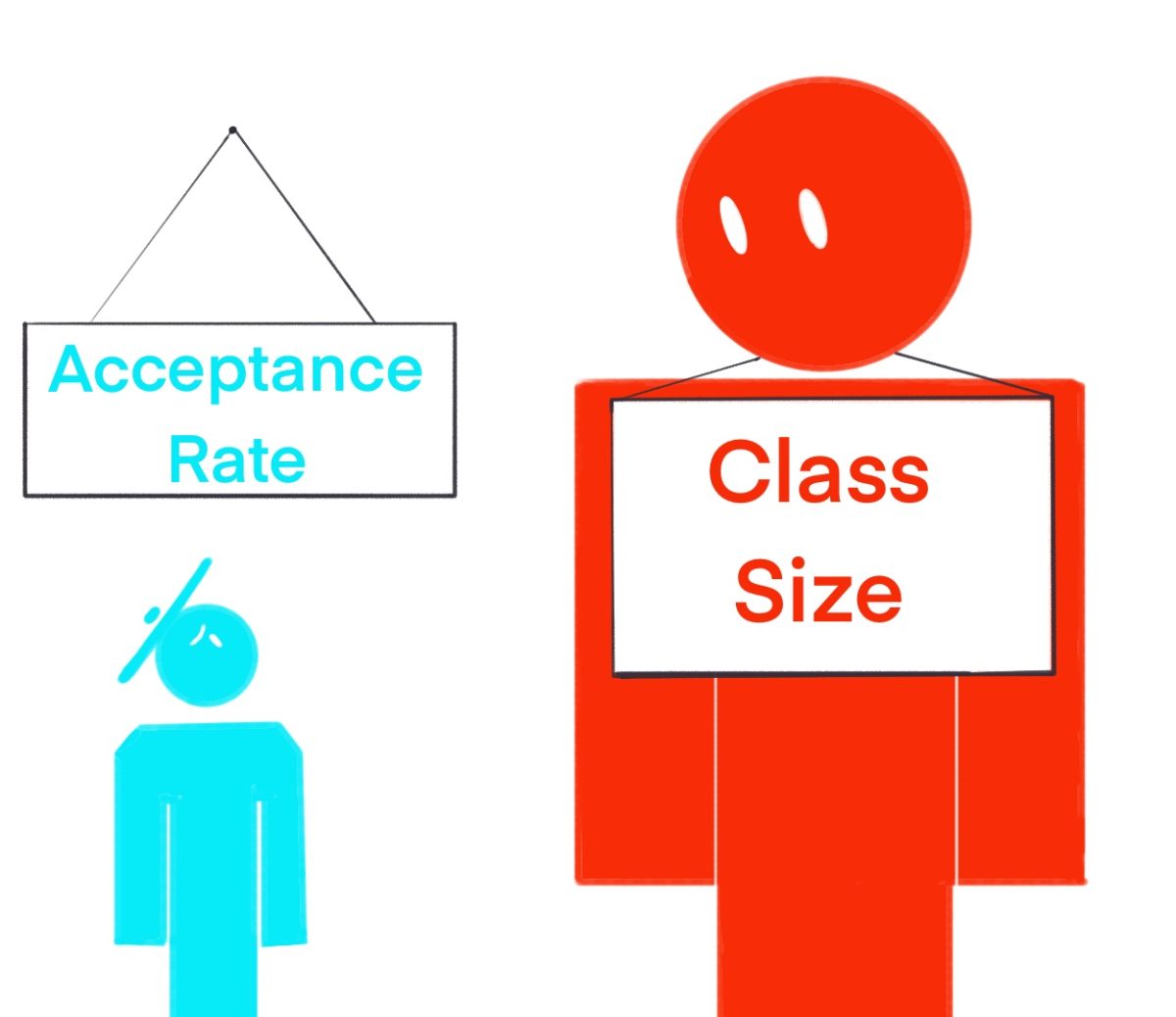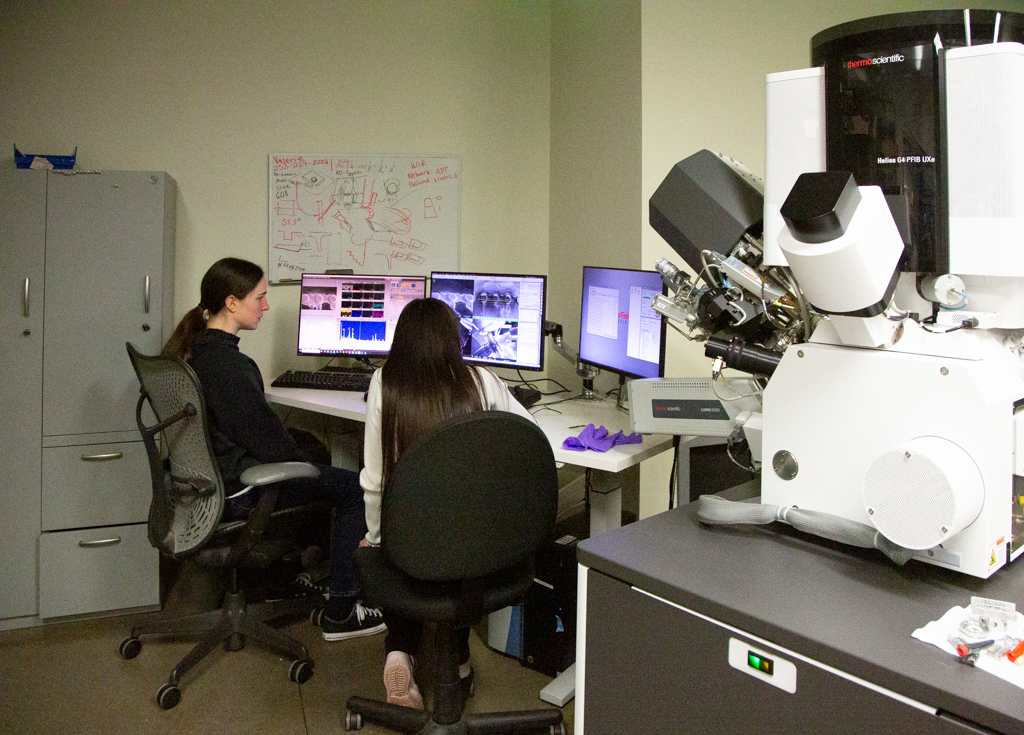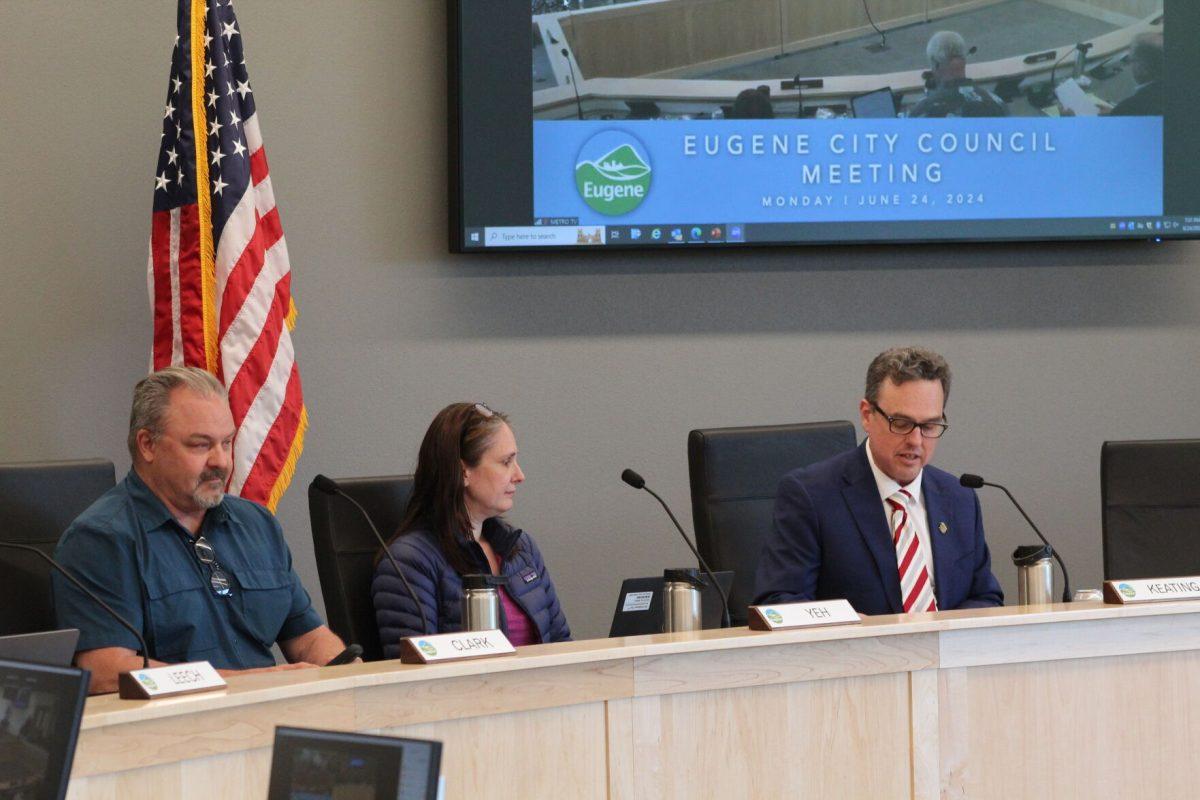Every year, the University of Oregon sets an enrollment goal in order to determine how many offers of admission are necessary for that year.
According to the College Board, the not-for-profit association that administers the SAT, the UO’s current acceptance rate for incoming students is 86%. This means that for every 100 students who apply to the university, UO offers 86 of them acceptance.
According to Erin Hays, the director of admissions at UO, universities typically start with an enrollment goal before application season. The university works from an admissions “funnel” to determine how many acceptance offers it will send.
This funnel, from the top to bottom, describes the decision-making process that UO uses and goes as follows: prospects, inquiries, applicants, admits, deposits and enrolls.
When considering prospects, the funnel may be referring to what states UO has listed as “top recruitment areas.”
These areas include Oregon, Washington and California, but also states across the country such as Pennsylvania, North Carolina and New Jersey, according to Hays. Inquiries likely refer to prospective students that fill out the Request for Information form either before or during the application process.
Deposits refers to the yield rate, or the number of admitted students that choose to actually enroll, according to the National Association for College Admission Counseling. As it is the last step before “enrollment” on the funnel, deposit is likely referring to students who have confirmed their acceptance to UO with a tuition deposit.
Hays said that for schools to get the “right number” of enrolling students, UO will work off its historical data to “know how many offers of admission are necessary.”
Last fall, UO welcomed its class of 2027, consisting of 5,057 students. This makes the class of 2027 the second-largest class in the university’s history.
Based on the “formula” of offering admissions to 86% of students, there could have been around 5,880 applications to the university. This number of accepted students is based on day-one enrollment and may be different once the fourth-week census report is available.
The report includes students that started in the summer and will continue in the fall.




















